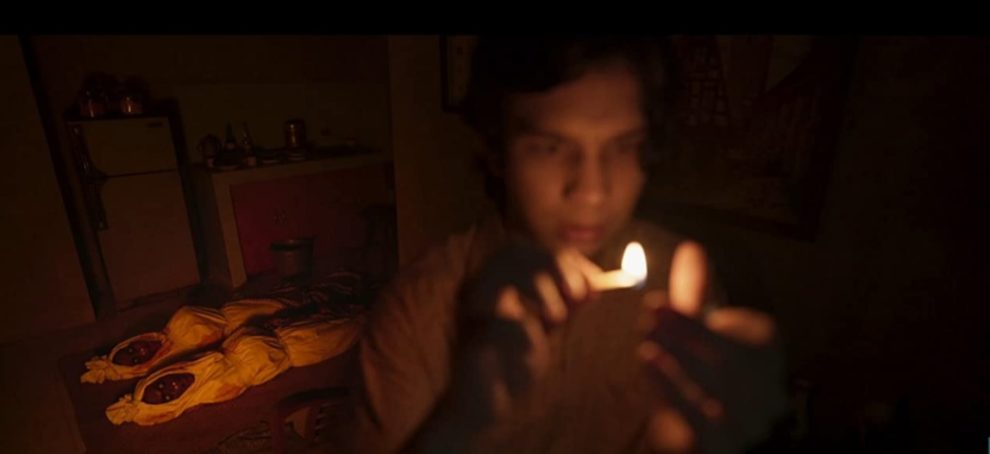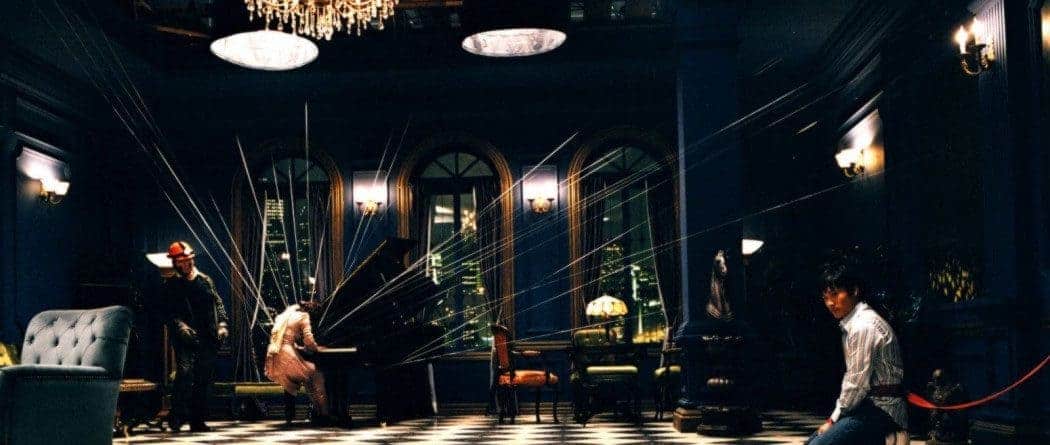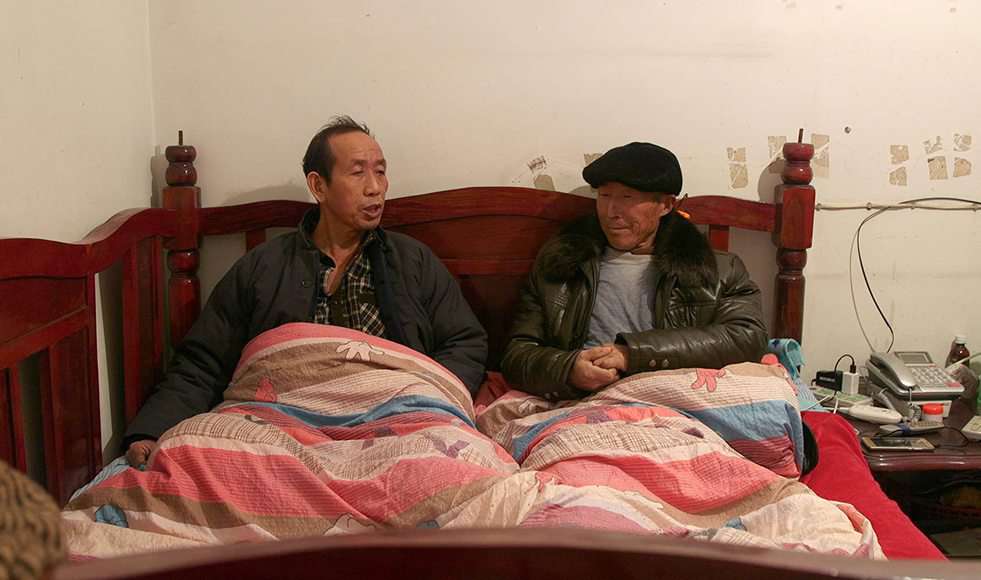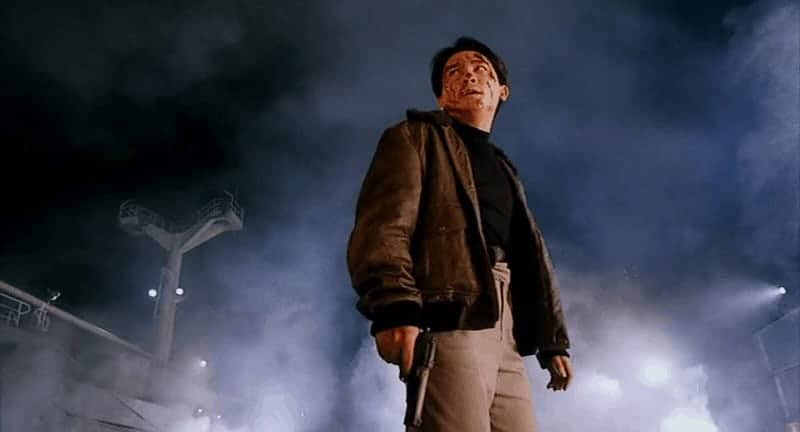Sequel to the great Satan's Slaves, “Communion” is the first Indonesian film to be released in IMAX format, and a huge box office success which has already become the third highest-grossing Indonesian film of all time, with 6.3 million viewers.
Satan's Slaves 2: Communion is available from Shudder
The film begins in the 50's actually, when a photographer is “invited” by a friend into a truly hellish setting, where a number of bodies have been exhumed and used for some sort of satanic ritual, with the friend asking the photographer to do everything in his power to let people know about what is happening. Back in the 80s, several years after they managed to save themselves from the terrible events that resulted in the death of their mother and the youngest sibling, Ian, the family are now living in a block of flats. Rini, Toni and Bondi all have their own things going on. Toni is very much fond of Tari, a neighbor who works at a resort, who eventually comes closer to him when she asks him to fix her radio. Bondi is quite afraid of everything unusual, and the fact that he discovers some graves close to the building does not help his fragile mentality. Rini, on the other hand, has decided to study, and is about to leave the family home, a day before heavy rain is predicted for the area. The Father, still in some sort of shock, is set on staying in the building, just because he thinks the presence of so many people will provide some sort of security. The night before Rini leaves, however, the nightmare begins again.
Joko Anwar proves once more that he is a master of his art, with the film excelling in all aspects, in a fashion that is on a much higher level than similar genre entries. One has just to watch the elevator sequence, where sound, Dinda Amanda's editing, and Ical Tanjung's cinematography come together in the most astonishing way to kickstart the action in the film, to realize the artistry involved here.
One could say that the intense focus on the children protagonists seems like a “Stranger Things” vibe, but the presence of Rini, Tari and the Father in essentially equal measure tone down this aspect, as much as the commentary included in the narrative. Regarding this last element, Joko Anwar makes a rather pointed comment on religion, with the way the priest creeps in the lives of his neighbors when things start going towards a dangerous direction, and his actual motif, highlighting it in the best fashion, also because the remark is organically embedded in the narrative. The very ending, and particularly the reference to the Bandung Conference, also move towards a similar fashion, although I feel this element will be explored better in the third part of the series, which Anwar has already hinted at.
As usually in Anwar's horror movies, the best part is the atmosphere. Here, he builds it slowly, taking his time to show how the previous events have shaped his characters and also to present his new ones, while adding more and more supernatural and non elements in order to create a true setting of terror. The elevator scene kickstarts the whole thing, and the tension is built from then on, with Anwar including some well-placed moments of relief, which also serve in progressing the story. The jump cuts are here, but are organically implemented in the narrative, or even completely misplaced on occasion, in an approach that also highlights the intelligent sense of humor that can be found throughout the movie.
Also of note is the excellent use of the building, with DP Ical Tanjung creating a truly hellish setting through a claustrophobic prism, with the whole “exploitation” of the block reminding intently “The Raid: Redemption”. Lastly, Dinda Amanda's editing adds to both the atmosphere and the presentation of the story through the placement of the flashbacks to the 50s, while implementing a rather fast pace that suits the general aesthetics to perfection. At the same time, and although the production values of the movie are on a rather high level, a bit more violence and grotesqueness, as in some of the Indonesian's previous films (“Forbidden Door” for example) would definitely benefit the movie.
Tara Basro as Rini highlights the chemistry she shares with Anwar once more, in a more mature role than the ones of the past, as the older sister/mother figure, which seems to fit her quite nicely. Bront Palarae as the father has a smaller role this time but still manages to steal the show on occasion, particularly in the elevator scene. Endy Arfian as Toni and Nasaz Anuz as Bondi share great chemistry as the big and small brother, while Ratu Felisha also steals the show both as a woman who is desired and knows about it, and as the “victim” of the priest.
“Satan's Slaves: Communion” may be addressed to a younger audience than Anwar's horrors of the past, but the artistry, the humor, the story, the smartly presented comments, and most of all, the atmosphere are once more on a top level, highlighting the fact that the Indonesian is a master of his art.
















